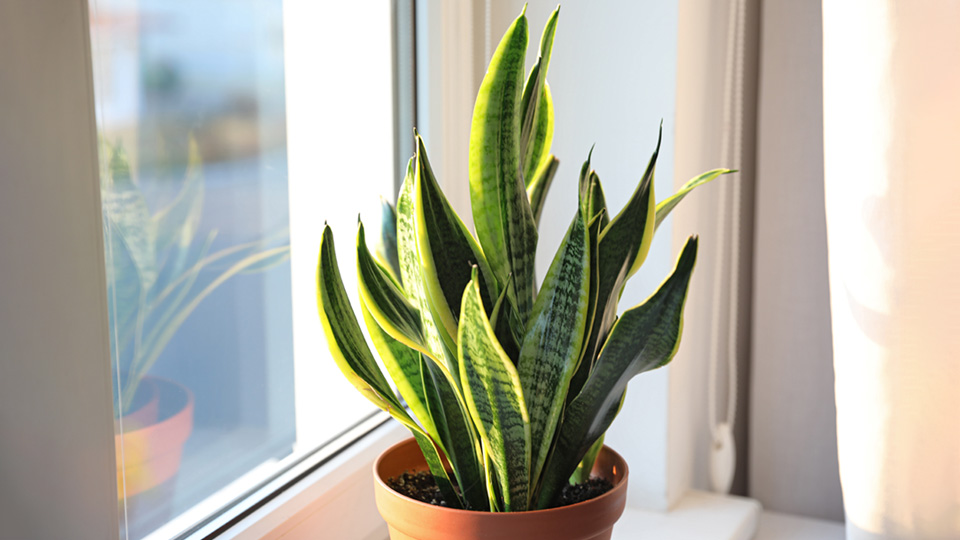Why I Donate to NEA: Christina Crowley
Christina Crowley, from Berkeley, California, shares how she became a NEA board member — recently NEA’s Board Chair in 2023 — as well as a donor and Itching for a Cure fundraiser.

Published On: Apr 9, 2024
Last Updated On: Apr 9, 2024
Although spring ushers in warmer weather and beautiful blooms, it’s also a time when pesky allergens from both inside and outside start to get the best of us. Having an air purifier is a great way to mitigate this, but some people prefer a more natural approach. This could be why many opt for air purifying indoor plants. However, it’s worth noting that while plants do purify the air, they ultimately work a lot slower than a traditional HEPA-filtered air purifier. “One would need numerous plants to make a significant difference in the indoor air quality,” said Dr. Martin Smith, a double-certified allergist and immunologist in Beachwood, Ohio. “Every little bit helps though, and there are certain plants I like.”
Some of the most common allergens found at home can include house dust mites, indoor molds, pet dander and, in some big cities, cockroaches, explained Dr. Smith. These allergens have all been shown to have the ability to cause an eczema flare. There are a few reasons this happens, but the common denominator is an impaired skin barrier, which tends to result during an eczema flare.
“Our skin barrier, made up of the topmost layer of skin called the stratum corneum, is designed to keep foreign particles out and keep water and moisture in,” said Dr. Smith. “In people with eczema, this barrier is cracked and weakened, allowing foreign proteins (allergens are almost always proteins) to penetrate the skin.” Once this happens, the allergens can cause a localized allergic reaction.
Indoor house plants are one way to try to purify the air in your home and reduce allergens. Indoor plants work to keep the air clean through the processes of absorption, dilution, precipitation and filtration. “Through photosynthesis, plants filter the air and convert CO2 into oxygen,” said Dr. Smith. “During this filtration process they can also remove volatile organic components (VOC), particulate matter, nitrates, ozone and sulfates from the air.”
There are a few plants that Dr. Smith recommends to help keep your air a little cleaner indoors. These are the snake plant, purple waffle and purple heart plants, as well as the spider plant. “Not only can plants modestly help with purifying the air, but they increase the relative indoor humidity, which is great for those who have eczema,” said Dr. Smith.
Although indoor plants can be helpful when it comes to keeping the air inside your home clean, people with eczema need to take a little bit more caution when bringing a new plant home. Here are a few to look out for and why, according to Dr. Smith.